Best 9 Amazon Movies & TV Video Streaming Format
Browse Video. Enjoy exclusive Amazon Originals as well as popular movies and TV shows. Watch anytime, anywhere. Start your free trial.
Prime Video
Amazon Prime Video, or simply Prime Video, is a subscription-based video-on-demand streaming and rental service from Amazon.com, Inc., offered as a standalone service or as part of Amazon's Prime subscription. The service primarily distributes movies and TV series produced by Amazon Studios or licensed by Amazon, such as Amazon Originals, and the service also hosts third-party content, content add-ons, live sporting events, and video rental and purchase services.
Operating worldwide, the service may require a full Prime subscription to access. In countries such as the United States, the United Kingdom, and Germany, the service can be accessed without a full Prime subscription, while in Australia, Canada, France, India, Turkey, and Italy, it can only be accessed through a website. . Prime Video also offers an additional content service in the form of channels, called Amazon Channels or Prime Video Channels, which allow users to subscribe to additional video subscription services from other content providers within Prime Video, such as Epix, Starz, Pantaya. , Discovery +, Boomerang, Cinemax, Curiosity Stream, Amoeba TV, Showtime, BET +, Paramount +, Noggin, BBC Select, BritBox, AMC +, Allblk, Shudder and Acorn TV.
Blu-ray
Blu-ray Disc, often known simply as Blu-ray, is a digital optical disc storage format. It is designed to replace the DVD format and is capable of storing several hours of high definition video (HDTV 720p and 1080p). The primary application of Blu-ray is as a medium for video material such as feature films and for the physical distribution of video games for the PlayStation 3, PlayStation 4, PlayStation 5, Xbox One, and Xbox Series X. The name "Blu-ray" refers to the blue laser (which is actually a violet laser) used to read the disc, allowing information to be stored at a higher density than is possible with the longer wavelength red laser used for DVDs .
The plastic disc is 120 millimeters (4.7 inches) in diameter and 1.2 millimeters (0.047 inches) thick, the same size as DVDs and CDs. Conventional or pre-BD-XL Blu-ray discs contain 25GB per layer, with double-layer discs (50GB) being the industry standard for long-playing video discs. Triple layer discs (100GB) and quad layer discs (128GB) are available for BD-XL rewriter drives.
High definition (HD) video can be stored on Blu-ray discs with a resolution of up to 1920 × 1080 pixels, at 24 progressive or 50/60 interlaced frames per second. DVD-Video discs were limited to a maximum resolution of 480i (NTSC, 720 × 480 pixels) or 576i (PAL, 720 × 576 pixels). In addition to these hardware specifications, Blu-ray is associated with a set of multimedia formats.
Blu-ray 3D
3D movies and 3D reviews, 3D Blu-ray release dates for new and future 3D movies, 3D Blu-ray players, 3D TVs, 3D projectors and 3D receivers. Please check back frequently as we will be posting new 3D movie reviews as more and more 3D movies are released on Blu-ray 3D.
Blu-ray 3D: Introduction
To enjoy 3D movies at home, you need:
3D TV (with 3D glasses)
3D Blu-ray Player (PlayStation 3 supports 3D as of September 2010)
Blu-ray 3D movies
While convenient, you don't need a 3D receiver to watch 3D movies as long as you send the audio to the receiver and the video to the 3D TV directly from the 3D Blu-ray player. You can read more details about this and how to get started in our 3D TV review. For additional help, we recommend visiting our 3D forums.
DVD
DVD (common abbreviation for Digital Video Disc or Digital Versatile Disc) is a digital optical disc data storage format invented and developed in 1995 and released in late 1996. The medium can store any type of digital data and was widely used for software and other computer files, as well as for video programs viewed with DVD players. DVDs offer greater storage capacity than compact discs and have the same dimensions.
Pre-recorded DVDs are mass produced using molding machines that physically seal the data on the DVD. These discs are a form of DVD-ROM because the data can only be read and cannot be written or erased. Blank recordable DVD discs (DVD-R and DVD + R) can be burned once using a DVD burner and then function as a DVD-ROM. Rewritable DVDs (DVD-RW, DVD + RW, and DVD-RAM) can be recorded and erased many times.
DVDs are used in the DVD-Video consumer digital video format and DVD-Audio consumer digital audio format, as well as for the creation of DVD discs written in a special AVCHD format to contain high-definition material (often alongside with AVCHD format camcorders). DVDs that contain other types of information may be called DVD data discs.
4K Ultra HD
The Consumer Electronics Association announced on October 17, 2012 that "Ultra High Definition" or "Ultra HD" would be used for displays having an aspect ratio of 16: 9 or wider and at least one digital input capable of carrying and displaying native video with a minimum resolution of 3840 × 2160. In 2015, the Ultra HD Forum was created to bring together the end-to-end video production ecosystem to ensure interoperability and produce industry guidelines for that the adoption of ultra-high-definition television could be accelerated. Out of just 30 in the third quarter of 2015, the forum posted a list of up to 55 commercial services available worldwide that offer 4K resolution.
VHS
VHS is a standard for consumer-level analog video recording on tape cassettes.
Since the 1950s, magnetic tape video recording became a major contributor to the television industry, through the first commercially available video recorders (VTRs). At that time, the expensive devices were used only in professional settings such as television studios and medical imaging (fluoroscopy). In the 1970s, videotape entered home use, creating the home video industry and changing the economics of the film and television businesses. The television industry viewed video recorders (VCRs) as having the power to disrupt their business, while television users viewed the VCR as a means of taking control of their viewing experiences.
In the late 1970s and early 1980s, there was a format war in the home video industry. Two of the standards, VHS and Betamax, received the most exposure in the media. VHS eventually won the war, dominating 60 percent of the North American market in 1980 and emerging as the dominant home video format throughout the entire period of tape media.
Later, optical disc formats began to offer better quality than analog consumer video tapes, such as VHS and S-VHS. The first of these formats, LaserDisc, was not widely adopted in Europe, but was very popular in Japan and a lesser success in the United States. However, after the introduction of the DVD format in 1996, the VHS market share began to decline. In 2003, DVD rentals surpassed those of VHS in the United States, and by 2008, DVD had replaced VHS as the preferred low-end distribution method. The last known company in the world to make VHS (VCR / DVD combos) equipment, Japan's Funai, ceased production in July 2016, citing declining demand and difficulties in purchasing parts.
HD DVD
HD DVD (short for High Definition Digital Versatile Disc) is a discontinued high-density optical disc format for storing data and playing high-definition video. Supported primarily by Toshiba, HD DVD was thought to be the successor to the standard DVD format.
On February 19, 2008, after a protracted format war with rival Blu-ray, Toshiba abandoned the format, announcing that it would no longer make HD DVD drives and players. The HD DVD Promotion Group was dissolved on March 28, 2008.
The physical HD DVD disc specifications (but not the codecs) were used as the basis for the China Blue High Definition Disc (CBHD), formerly called CH-DVD.
Universal Media Disc
Universal Media Disc (UMD) is a discontinued optical disc media developed by Sony for use in its PlayStation portable gaming and multimedia platform. It can store up to 1.8 gigabytes of data and is capable of holding video games, feature films, and music. UMD was Sony Computer Entertainment's trademark for its Optical Disc Cartridge (ODC).
While the primary application of UMD discs is as a storage medium for PSP games, the format is also used for storing movies and, to a lesser extent, TV shows for playback on PSP. Video is encoded in H.264 / MPEG-4 AVC format, with audio in ATRAC3plus. Video stored in UMD is generally encoded at 720x480 resolution, but is downscaled when displayed on the PSP.
Laser Disc
The LaserDisc (LD) is a home video format and the first commercial optical disc storage medium, initially licensed, sold and marketed as MCA DiscoVision (also known simply as "DiscoVision") in the United States in 1978. Its diameter generally measures 30 centimeters. . Unlike most optical disc standards, the LaserDisc is not completely digital and instead requires the use of analog video signals.
Read Also
Although the format was capable of delivering higher quality video and audio than its consumer rivals, VHS videotapes and Betamax, the LaserDisc never managed to gain widespread use in North America, largely due to high costs for players and the video titles themselves and the inability to record television shows. It eventually gained some traction in that region and became popular in the 1990s. It was not a popular format in Europe and Australia.
By contrast, the format was much more popular in Japan and more affluent Southeast Asian regions such as Hong Kong, Singapore, and Malaysia, and was the predominant video rental medium in Hong Kong during the 1990s. Its superior video and audio quality made it a popular choice with videophiles and movie enthusiasts throughout its lifetime. The technologies and concepts behind LaserDisc were the foundation for later optical disc formats, including Compact Disc (CD), DVD, and Blu-ray (BD).

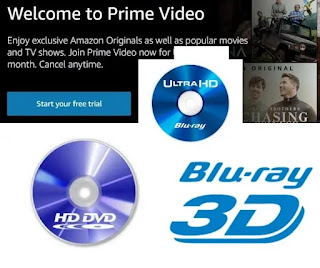



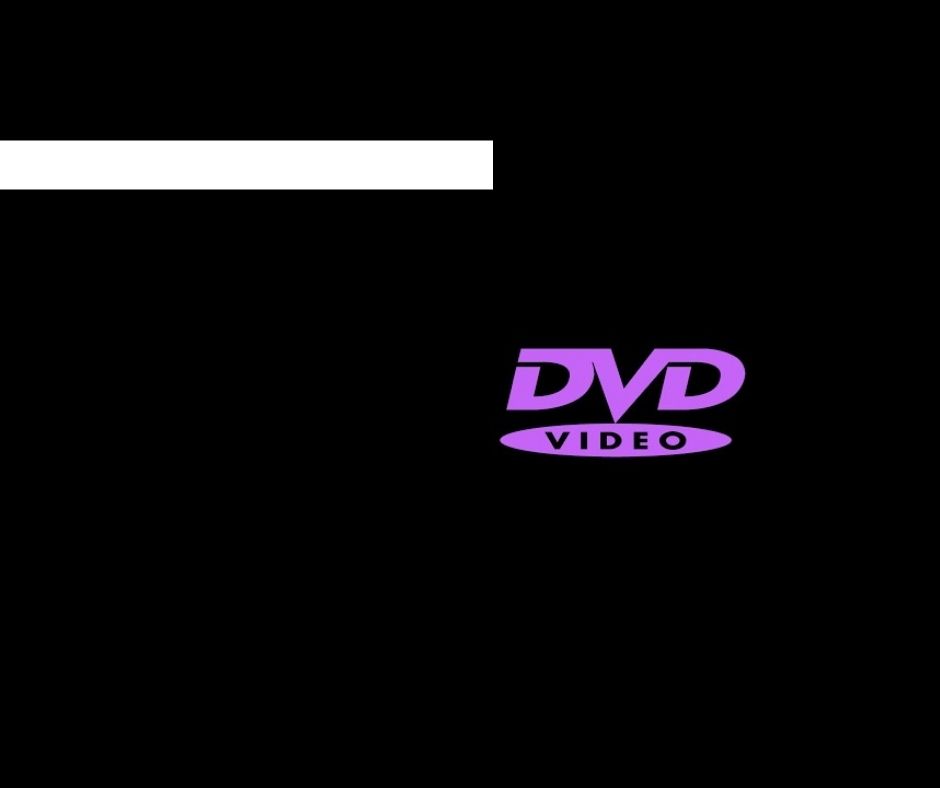

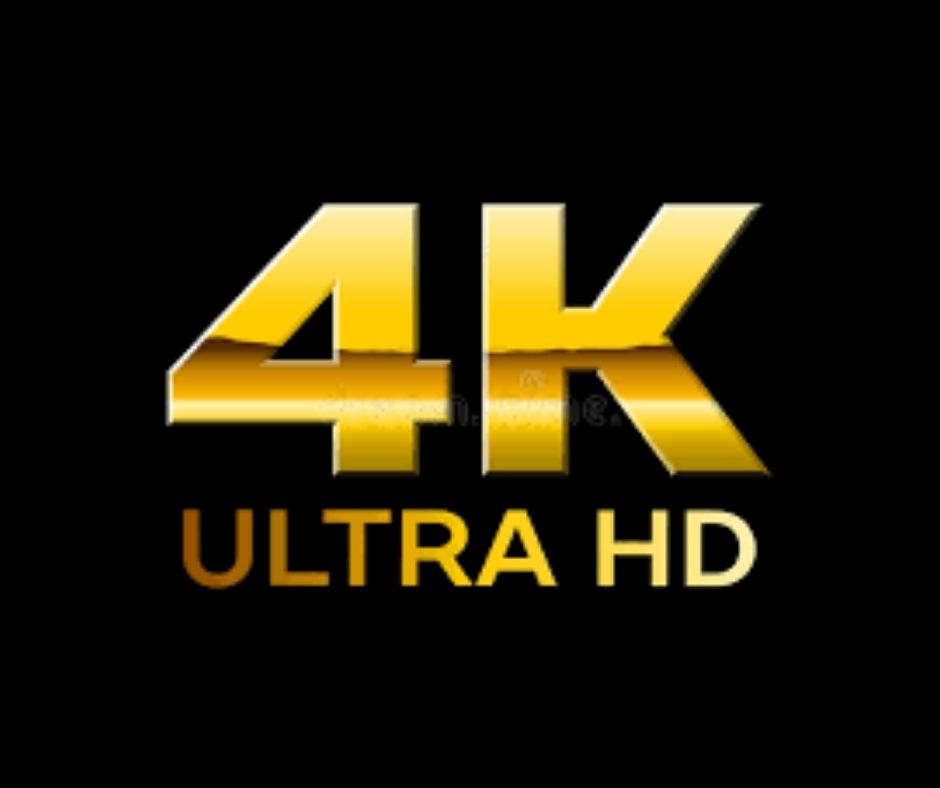





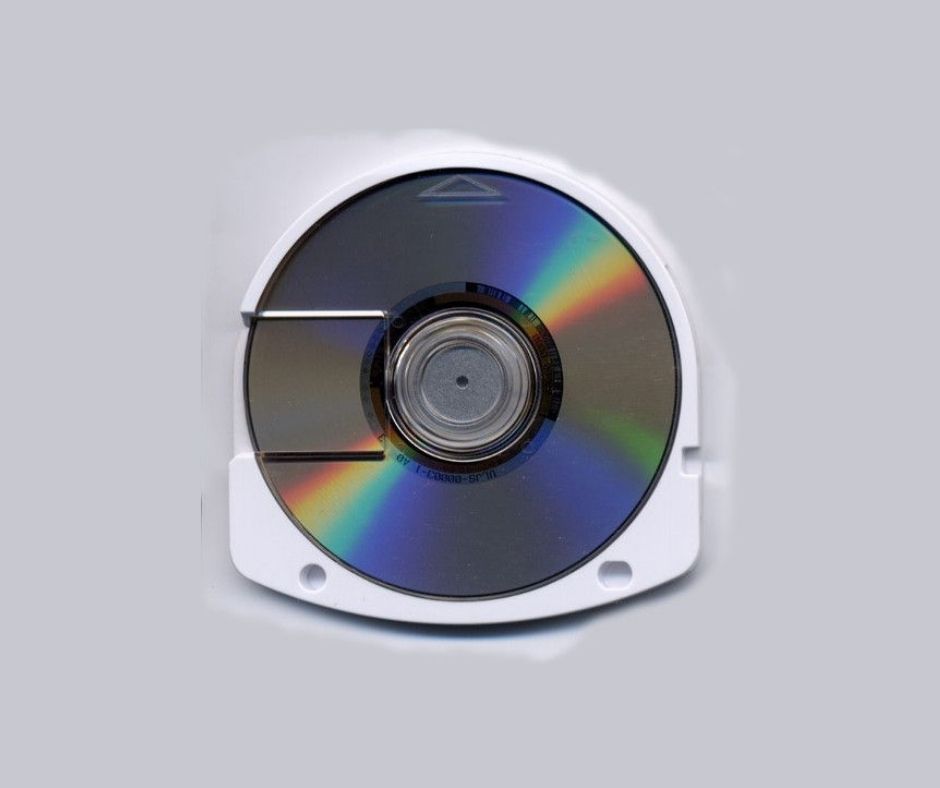

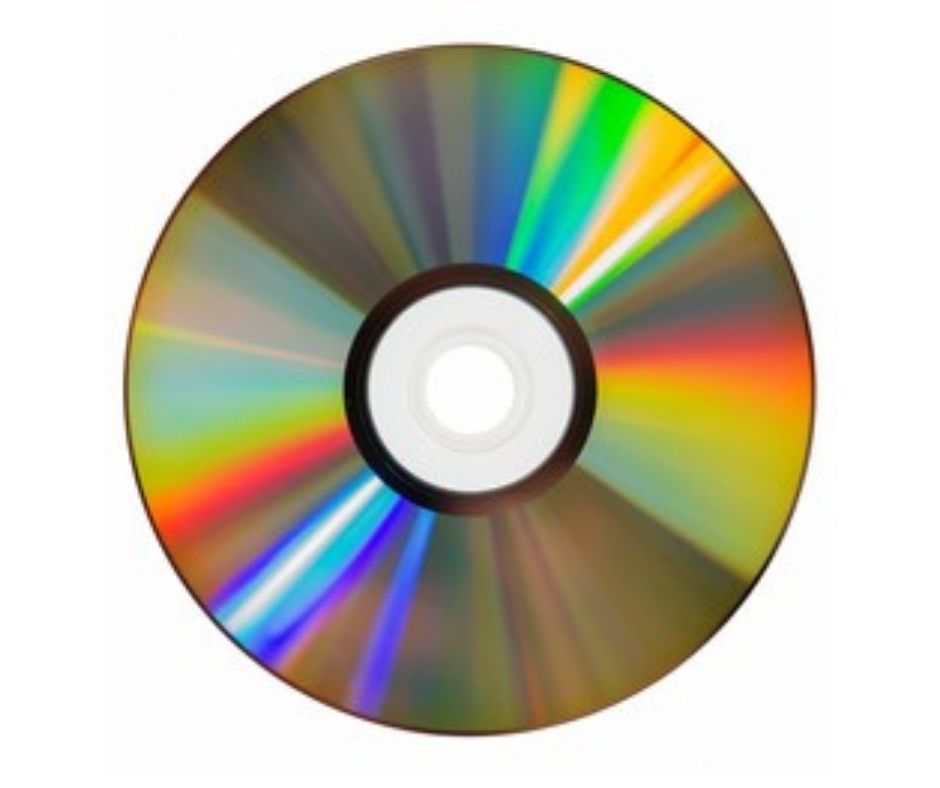

Post a Comment
Please do not enter any spam link in the comment box.